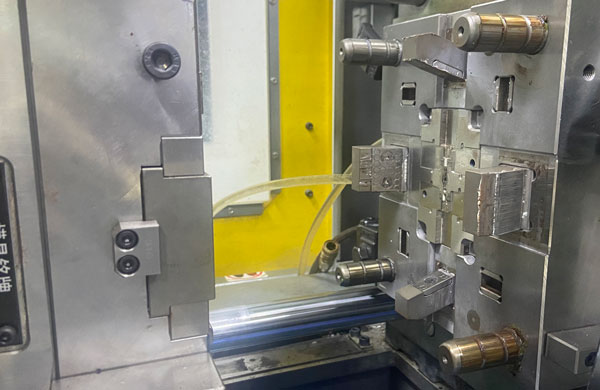In the manufacturing process of plastic products, a smooth and flat appearance is often a key criterion for measuring product quality, especially for those that cannot tolerate noticeable gate marks. To meet this demand, the point gate—a special and delicate gate design—has emerged, also known as the pin gate. With its needle-tip-sized dimensions, it leaves only a minimal mark on the surface of the part, perfectly preserving the aesthetic appearance of the product.
The point gate is highly favored mainly due to its unique advantages:
Excellent Filling Performance: The design of the point gate facilitates smooth filling of plastic melt, ensuring uniform filling of all parts of the product.
Controllable Solidification Time: By precisely adjusting the size and shape of the point gate, the solidification time of the gate can be effectively controlled, thereby optimizing the molding process of the product.
Convenient for Automated Production: The point gate perfectly integrates with automated production lines, making the production process of plastic parts more efficient and convenient.
Easy to Repair Gate Marks: The small gate marks make subsequent repair work easy and simple, further improving the appearance quality of the product.

However, when adopting a point gate design, special attention should also be paid to the following issues:
Appropriate Gate Length: Due to the extremely small diameter of the point gate, significant pressure loss occurs during the injection process, which can easily lead to increased shrinkage and concentrated internal stress near the gate, resulting in defects such as warpage and deformation of the product. Therefore, the length of the gate should be minimized to reduce these adverse effects.
Cautious Selection of Molded Parts: The point gate is not suitable for all types of plastic parts. For flat and thin parts or those that cannot tolerate deformation, a single point gate may result in insufficient melt temperature at the weld line due to an excessively long flow path, leading to weak welding and the formation of noticeable weld lines, which affect the appearance and strength of the product. Additionally, differences in melt temperature can cause distortion of the plastic part. Therefore, for the molding of such parts, a multi-point feeding approach should be adopted to ensure the quality and stability of the product.
In summary, as an important gate design in double-parting surface injection molds, the point gate plays a significant role in the manufacturing of plastic products with its unique advantages. However, in practical applications, we also need to carefully select and design according to specific circumstances to fully leverage its advantages and avoid potential issues.